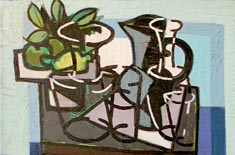
Celebrating Claude Venard’s infectiously joyful post-war oeuvre.

Celebrating Claude Venard’s infectiously joyful post-war oeuvre.
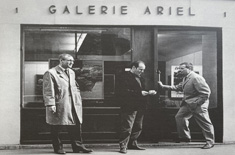
Celebrating the influential "Situation" series of exhibitions at Galerie Ariel in 1950s Paris, reuniting participating artists and archive material.
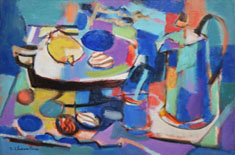
Celebrating the work of Jean Chevolleau (1924-1996) whose kaleidoscopic oeuvre resonates with joie de vivre.

A meditation on colour in post-war art, exploring ideas from healing to hard-edge.

Exploring the paradox of the extraordinary political and cultural turmoil on the French Riviera during Occupation, and its legacy.
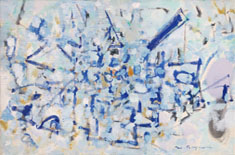
Exploring the concept of “Abstract Impressionism” often proposed as a distinction between European abstraction and American Abstract “Expressionism”.
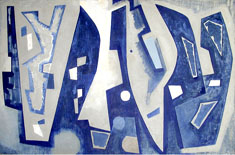
Celebrating one of the most beautiful post-war geometric abstract painters. A recipient of the Prix Kandinsky in 1946, Deyrolle became part of an influential group of artists associated with the pioneering Galerie Denise René, that included Poliakoff, Hartung, Dewasne and Schneider.
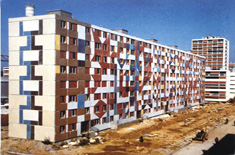
Exploring the integration of art and architecture fuelled by André Malraux’s 1% policy.
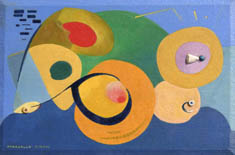
Celebrating HFA's 30th anniversary we delve into our archive to present a selection of our favourite works we've had the privilege of selling over the years.
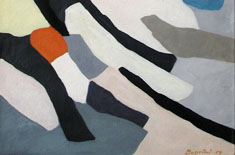
Highlights from the past and present celebrating 30 years of exhibitions at HFA exploring mid-century European cultural history,
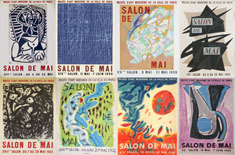
Conceived as a celebration of the Liberation, the Salon de Mai came to represent eclecticism unsuppressed by dogma, encouraging the unity of mankind.
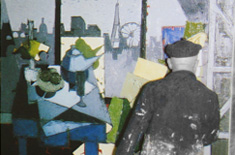
A selection of Claude Venard's finest paintings from his early "Forces Nouvelles" period to the bold heavily-impastoed Post-Cubist works for which he became internationally renowned during the 1950's.
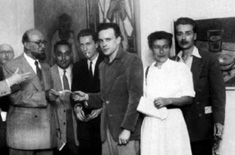
Exploring the art prizes and winners during the post-war years in France & Italy.
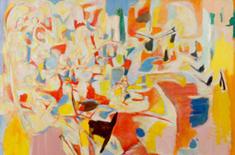
Exploring the prevalence of spirituality in post-war abstraction.
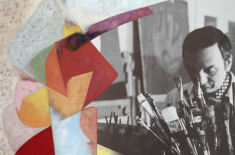
James Pichette (1920-1996) was a prominent member of the influential Abstraction Lyrique group in Paris during the 1950's, and drew much inspiration from jazz music famously holding public performances painting with the accompaniment of live jazz bands.
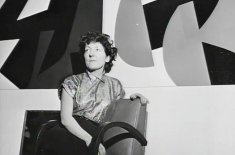
An in depth survey of the remarkable influence of women gallerists in defining European art of the 1950's
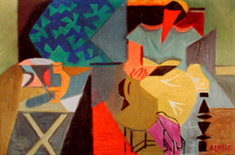
Works by founder member of the Cubist Section d'Or group André Lhote, alongside the generation of post-war Puteaux artists.
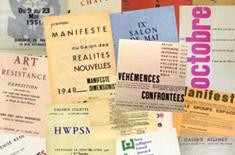
Charting the culture of post-War France during this turbulent political era.
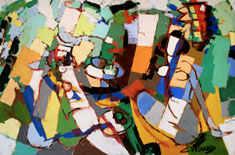
Fine paintings by Claude Venard in the context of fellow European post-cubists Youla Chapoval, Marcel Burtin, Jacques Lagrange and Reynold Arnould.
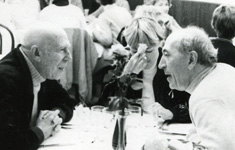
Exploring the symbiotic relationship of artists and poets in 20th century Europe.
*** Financial Times "Critics' Choice" ***

The “Réalités Nouvelles” established in Paris in 1946 to champion Abstract Art, defined a new era of progressive liberty, not of a singular ideology, but a diversity of “new realities”.
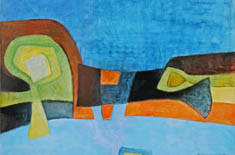
Examining the role of landscape in post-war European abstraction.

To coincide with the opening of the 57th Venice Biennale “Viva Arte Viva”, Hanina Fine Arts is delighted to present an exhibition of 21 previous participants of the biennale.
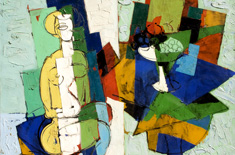
Hanina Fine Arts is delighted to start our 25th anniversary year with a special exhibition of Claude Venard who the gallery has shown regularly to great enthusiasm since opening in Notting Hill in 1992.
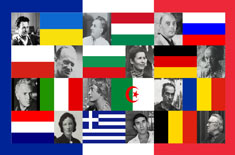
Post-war Paris was an era of incredible cultural richness, and a fundamental cause of this was the significant influx of émigrés artists whose differing experiences and perspectives fed into the intellect and creativity of the city.
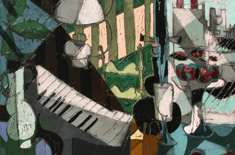
The exhibition examines the relationship between art and music during the post-war period, from the mandolin motif in post-Cubism, and Arman’s obsessive violin destruction; to the abstract manifestation of sound, and James Pichette’s performances painting with a live jazz band.
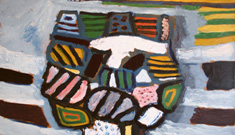
Hanina Fine Arts is delighted to present a selection of paintings from the most influential avant-garde developments in Expressionism during the post-war years in Europe, including Tachisme, CoBrA and Art Brut.
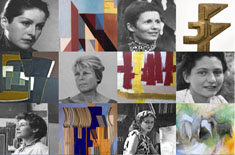
In light of recent exhibitions at the Tate of Sonia Delaunay and Barbara Hepworth, both of whom were members of the Abstraction Création group in Paris, this exhibition at Hanina Fine Arts explores further into the relatively few women artists that achieved prominence in post-war Paris.
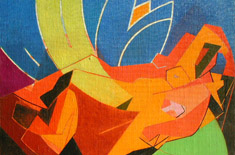
This exhibition brings together artists whose work explores the possibilities opened up by the Cubist's removal of the restriction to a single viewpoint perspective compositional structure which had been convention in Western art since the Renaissance.
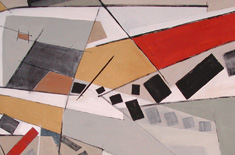
Paintings and sculpture by leading exponents of Geometric Abstraction working in mid-century Paris.
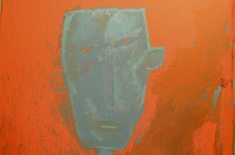
This exhibition celebrates some of the great American artists that lived and worked in Paris since the Liberation of 1944.
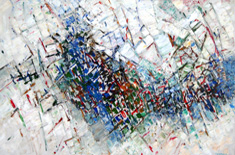
We are pleased to present a selection of major works by leading exponents of the post-war Abstraction Lyrique movement in Europe, which was equivalent to Abstract Expressionism in America.

Having lead the revival in Venard's reputation over the last twenty years, Hanina Fine Arts is delighted to present a selection of fine works from the artist's oeuvre.
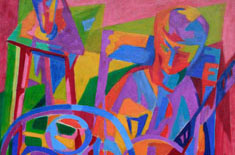
A selection of masterworks by artists of the “Jeune Ecole de Paris” who came to the fore in the immediate post-war years.
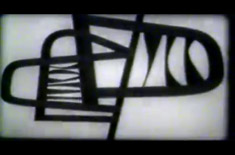
Pillet was a pioneer of post-war geometric abstraction, and in 1951 he created this avant-garde animated short film "Genesis", in which the “actors are straight lines, squares, rectangles and circles”.
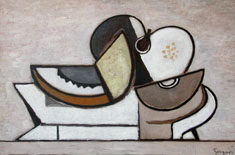
A selection of Italian artists working in Paris during the post-war period, including the painters Pippo Oriani, Gino Gregori, Silvano Bozzolini, Marcel Fiorini, and the sculptors Emile Gilioli, and Carlo Sergio Signori.

The exhibition explores the rich and diverse approaches to figuration during the immediate post-war years in Europe. Every artist brought a unique perspective, incorporating often conflicting ideas drawn from the aesthetic, to political, sociological and philosophical principles.
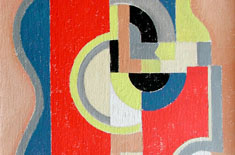
This important exhibition at Hanina Fine Arts celebrates the historic achievements of the Abstraction-Création group, 1931-1936, which was responsible for producing the decisive wave of Abstract art that finally established pure Abstraction as a viable form of art in Western culture.
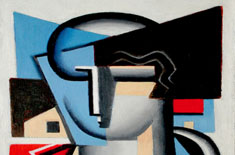
This major exhibition celebrates the liberation of aesthetics and the rapid proliferation of new artistic ideologies in early twentieth century Europe through avant-garde artistic statements from Cubism to CoBrA, including international artists Jean Metzinger, Adolf Fleischmann, Henry Moore, and Olivier Debré.
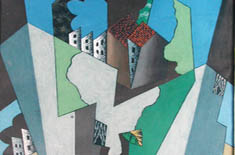
A selection of works by prominent Russian artists working in Paris between 1920 and 1965, including: Léopold Survage, André Lanskoy, Youla Chapoval, Serge Charchoune, Pierre Dmitrienko. Predominantly émigrés escaping the Russian revolution, these artists were fundamental to the progression of the avant-garde in Paris.